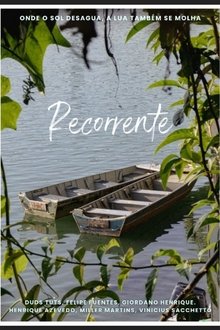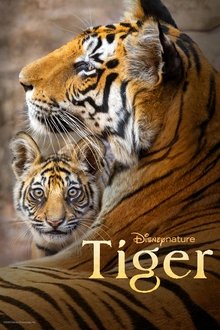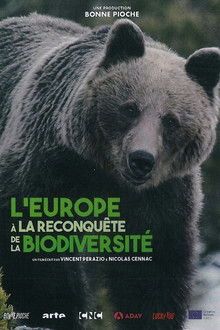Discover the incredible story of a group of dedicated people working to protect one of the planet’s last refuges for Africa's iconic wildlife.
Related Movies
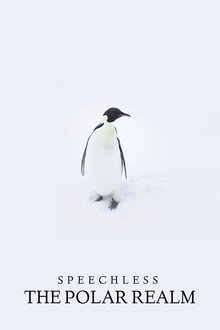
Speechless: The Polar Realm (2015)
Beautifully filmed by New Zealand nature photographer Richard Sidey over the past decade around the polar regions, Speechless: The Polar Realm is a visual meditation of light, life, loss and wonder at the ends of the globe. This is the second film in Sidey’s non-verbal trilogy which is comprised of: - Landscapes at the World’s Ends (2010) - Speechless: The Polar Realm (2015) - Elementa (2020)
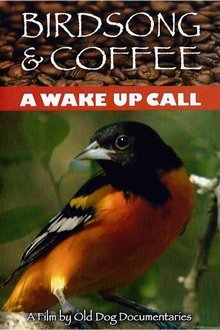
Birdsong and Coffee: A Wake-Up Call (2006)
Documentary exploring economic and environmental connections between farmers in Latin America, coffee drinkers in the U.S., and the fate of migratory songbirds throughout the Americas. Illustrates how coffee drinkers in this and other developed countries hold in their hands the fate of farm families, farming communities, and entire ecosystems in coffee-growing regions worldwide.
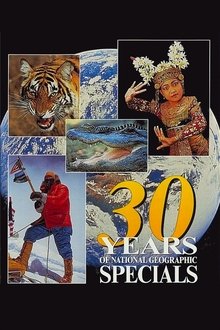
30 Years of National Geographic Specials (1995)
Celebrates 30 years of televised specials by The National Geographic Society.
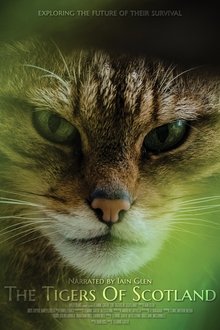
The Tigers of Scotland (2017)
This documentary highlights the endangered existence of the Scottish wildcats, and the conservation efforts required to prevent their extinction.

Am Madadh-Allaidh (2023)
For 12,000 years wolves roamed Scotland. However, over three centuries ago, we exterminated them. This film reveals the rise and fall of the Scottish wolf and explores the question of whether they should be re-introduced. Wolves arrived as the last ice age ended, following the herds of deer and reindeer that crossed a now-lost land bridge from Europe. For thousands of years, wolves and humans shared the landscape as apex predators, with the wolf entering human art, myth and belief. However, farming put wolves and humans on a collision course, and, after centuries of persecution, wolves became extinct in Scotland. Since then, deer numbers have exploded, and many of Scotland’s woodlands have been stripped bare. Some argue for the wolf’s return. Could we, and should we, hear the howl of the wolf once more in the Highlands?
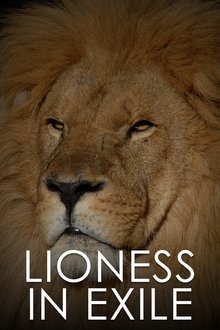
Lioness in Exile (2012)
Soon after we meet Manyari, the queen of her pride, she does something both unusual and bold: She leaves the sanctuary of the clan with her young cubs and takes them on a dangerous odyssey. She makes a bid to escape because two young bloods are sniffing around, and if they take over the pride, they will kill her cubs
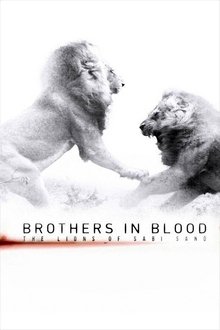
Brothers in Blood: The Lions of Sabi Sand (2015)
This is a powerful documentary, filmed over a 16 year span, about the rise of a Coalition of six lions, branded The Mapogo Lions, and their takeover of the largest territory by a pride.
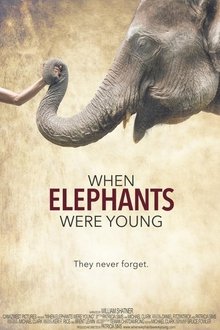
When Elephants Were Young (2016)
A young man and his young elephant street beg in gritty Bangkok amid the controversial elephant business that threatens their survival, until the opportunity comes to release the elephant to the wild.

Curiosity and Control (2018)
Curiosity and Control examines our complex relationship to nature itself. A multi layered look at the world of Museums of Natural History and Zoological gardens, with voices from historians, authors, architects and zoo managers. It raises questions about how we perceive nature and our contradictory behavior of caging what we fear may be lost.
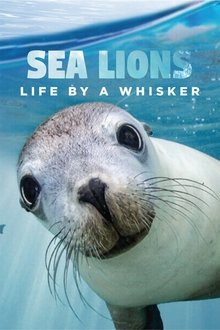
Sea Lions: Life By a Whisker (2020)
Between a jagged cliff face and a roaring ocean, lives a colony of Australian Sea Lions. In an environment equally as harsh as it is beautiful, be immersed in a classic coming of age tale guided by one of Australia’s most unique, intelligent, and playful animals. Take an intimate journey inside the colony where a life of great intimacy, tenderness, and clumsiness, must often give way to a life of great sacrifice and bravery. Dive into the world of an endangered Australian Sea Lion pup - and meet the people that are trying to save her species.
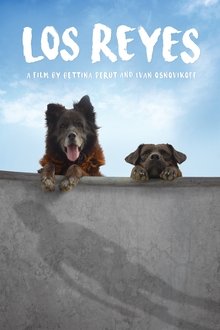
Los Reyes (2019)
Chola and Fútbol are a couple of street dogs that live in the Los Reyes skatepark. A microcosm is organized around them, composed of things, animals and young adolescents in conflict with an adult world that they reject but are required to enter.
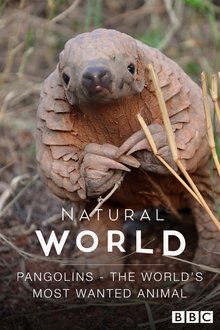
Pangolins: The World's Most Wanted Animal (2018)
In Namibia, conservationist Maria Diekmann found herself on the frontline of the battle to save these wanted animals after unexpectedly becoming a surrogate mother to an orphaned baby pangolin named Honey Bun. On an emotional journey, Diekmann travels to Asia to better understand the global issues facing pangolins, before joining forces with a Chinese megastar to help build a campaign to bring awareness to the plight of these surprisingly charming creatures.
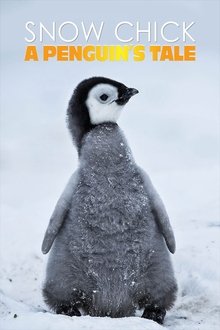
Snow Chick - A Penguin's Tale (2015)
A chronicle of the birth and development of one penguin chick, born late and smaller than any of its fellow toddlers.
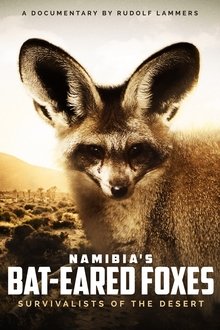
Namibia's Bat-eared Foxes: Survivalists of the Desert (2007)
Their huge ears locate the underground crawling sounds of beetles, larvae, and other insects in the sands of the Kalahari desert. But their resemblance to the thieving jackal lead to their inadvertent targeting by farmers defending their livestock. With their numbers dwindling, the bat-eared foxes of southern Namibia have become the passion project of veterinarian Margit Du Toit.
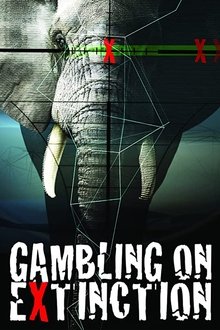
Gambling on Extinction (2015)
Today, only 3,200 tigers roam in the wild. At the current rate of poaching, elephants, rhinos and tigers living in the wild will be extinct in our lifetime. Who are the global players in this deadly game of power, greed and profit? Who pulls the strings and who are the customers? And why have ivory and rhino horn become perfect investment opportunities?
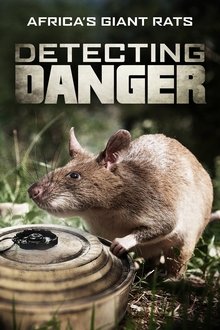
Detecting Danger: Africa's Giant Rats (2019)
Africa's giant rats – the size of a cat – can be trained to detect land-mines by smelling them. Giant rats are clever and they learn fast. Their sense of smell is better than a dog's, they have more stamina, and they're a lot cheaper to train. This documentary follows "Miss Marple", who was born in a training lab and who goes through a year's training before being sent on her first mission to Mozambique. A shorter version (43 minutes) screened at festivals in 2009 but was never widely released.
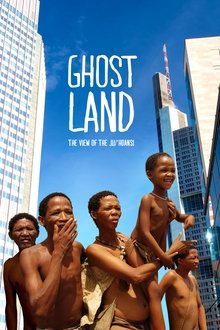
Ghostland: The View of the Ju'Hoansi (2017)
Remember the culture clash in THE GODS MUST BE CRAZY? This time it's real. One of the most ancient cultures on our planet is undergoing a major change. The Ju/Hoansi Bushmen in Namibia are not allowed to hunt anymore and need to converge with our so called “civilized” lifestyle. For the first time the Ju/Hoansi Bushmen travel through the Kalahari and then right into the heart of Europe. What starts as a look at their fascinating culture becomes an even more fascinating look at our Western lifestyle. A warm and humorous reflection of our habits through the eyes of people who are about to give up their million year old traditions.
